|
Week ending: 7th December: Broadwood Loch, Hogganfield Park LNR
In another week where we were bombarded with a seemingly never-ending series of weather fronts, for the second week running the best day of weather was Tuesday. This week I decided to visit a couple of relatively local sites, and I wasn’t disappointed with my sightings.
| Cloud |
Rain |
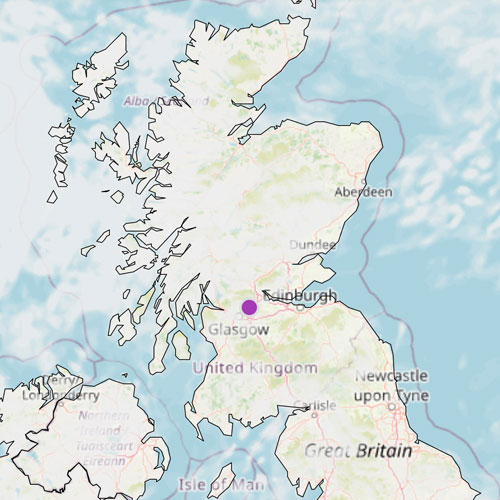 |
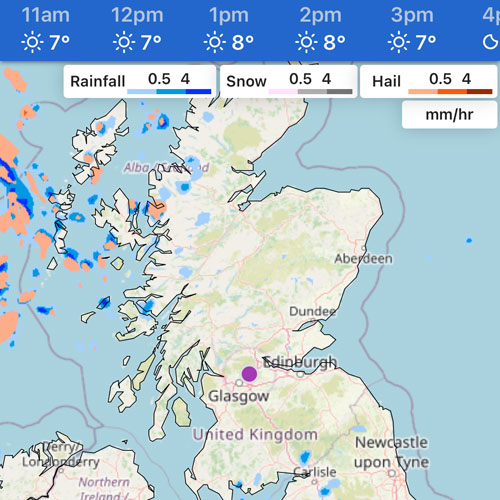 |
Tuesday AM, 2nd December: Broadwood Loch
On Tuesday morning, having read reports that there was a drake Smew (probably the same bird that visited there last year) on Broadwood Loch in Cumbernauld, I set off to see if I could get some pictures of the wee white duck. On arrival the sky was mainly blue with frequent sunny intervals. The light was tinged with amber due to the low level of the Autumn (“metrological” Winter) Sun.
As usual, at the car park, there were a fair few birds gathered on the grassy banks and at the water’s edge. Coots, Canada Geese, Cormorants and Moorhens were feeding, stretching and preening.
| Coot |
Canada Goose |
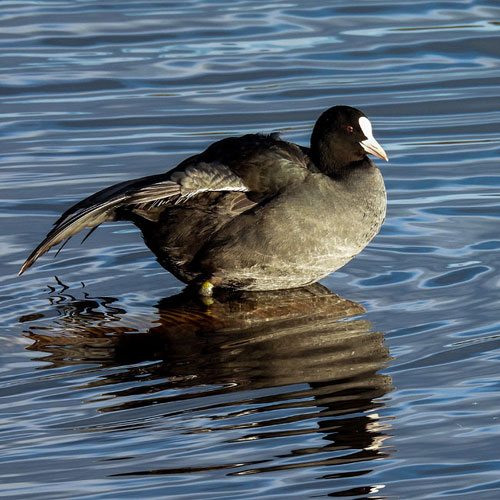 |
 |
| Cormorant |
Moorhen |
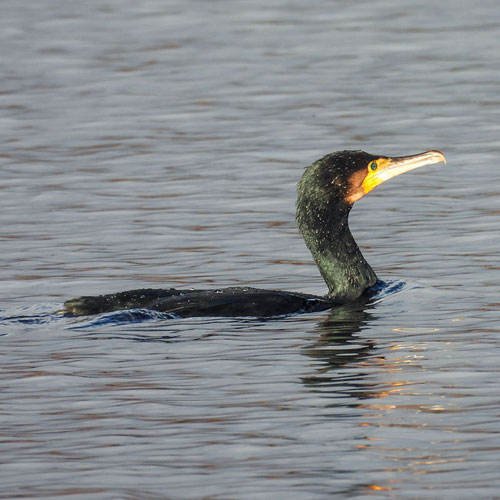 |
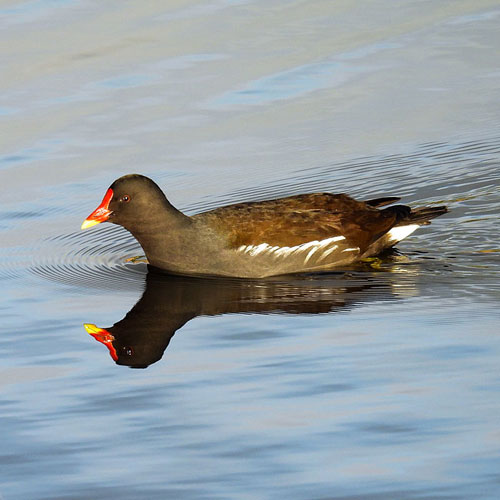 |
I started my usual anti-clockwise circuit of the loch and noticed a raft of at least a dozen Goosanders drifting northwards along the loch.
There were quite few Wigeons and Mallards dabbling fairly near the banks.
A Dunnock caught my eye as it belted out its tuneful call from the branch of a lochside tree. At the boardwalk there were Tufted Ducks and I also saw a young female Lesser Scaup, as well as a drake Wigeon still in eclipse plumage.
| Dunnock |
Female Lesser Scaup |
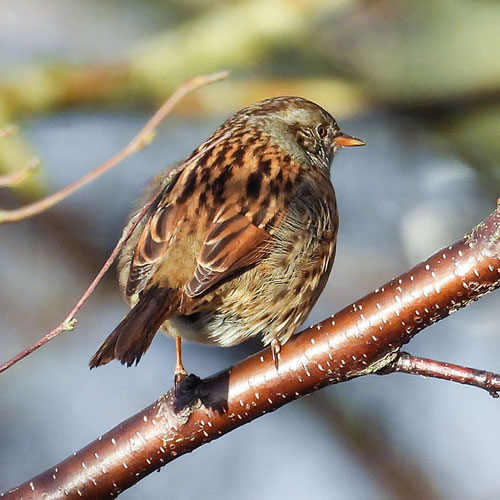 |
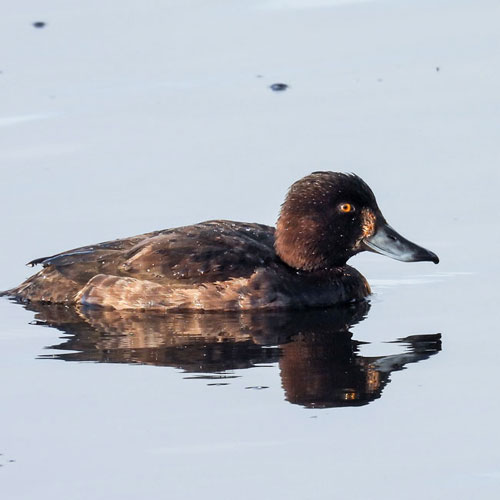 |
| Tufted Duck |
Wigeon in Eclipse plumage |
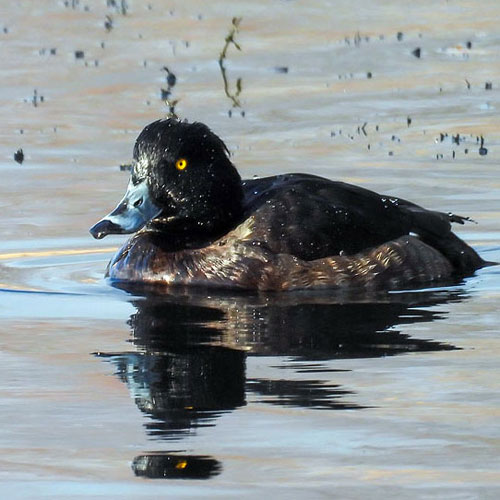 |
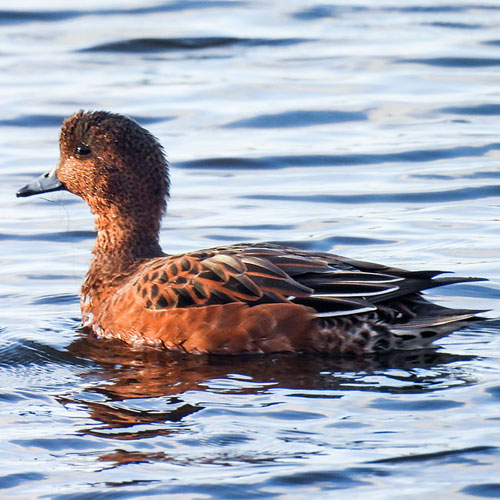 |
Before the north end of the loch I photographed a beautiful Mute Swan as it dipped its head in an out of the water searching for weed.
Also, more Tufted Ducks and Mute Swans were drifting about 40m out. I also snapped a friendly Robin that was watching me from the branches of a pathside tree. After that I heard the familiar calls of Long-tailed Tits and it wasn’t long before they moved onto the same tree as the Robin. With patience, I managed a shot of one of the nippy wee birds.
| Female Tufted Duck |
Mute Swan |
 |
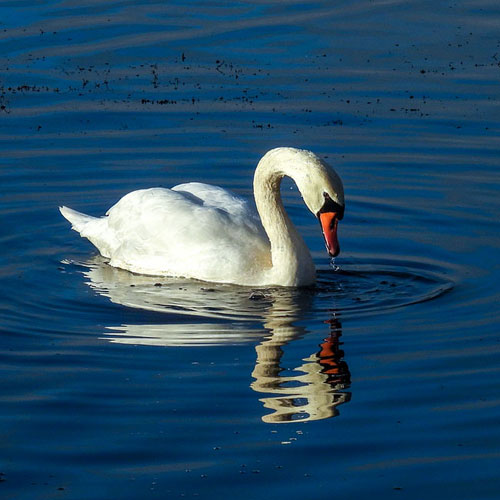 |
| Robin |
Long - tailed Tit |
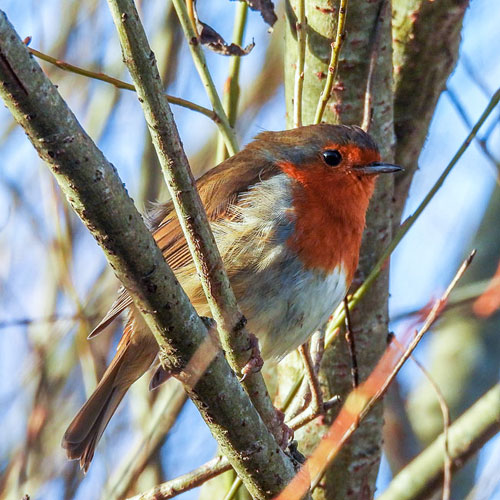 |
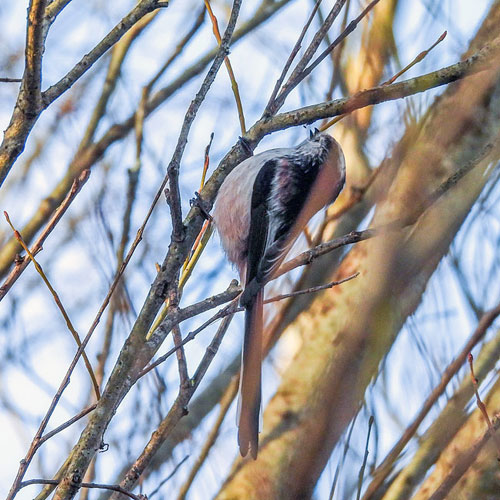 |
In the time I’d walked almost the length of the loch, the raft of Goosanders had drifted almost the same distance.
The flock of Goosanders contained mainly drakes, with a few females - perhaps the drakes were courting the females. I managed to photograph another Long-tailed Tit and soon after spotted the Smew as it swam near the opposite bank, over 100m away. As I rounded the head of the loch there was only a lone Coot feeding on weed.
| Goosander |
Long - tailed Tit |
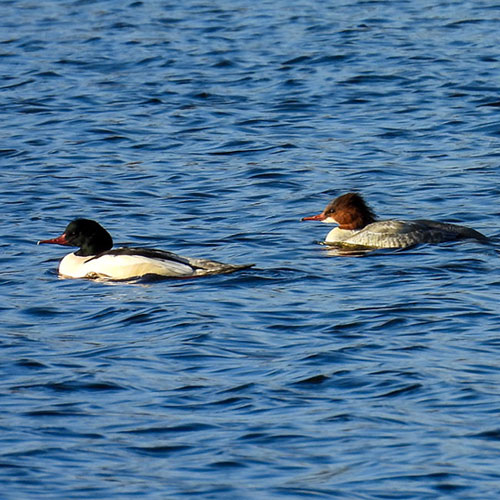 |
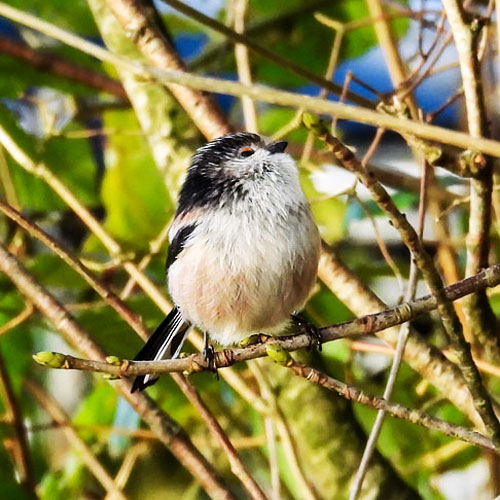 |
| Smew |
Coot |
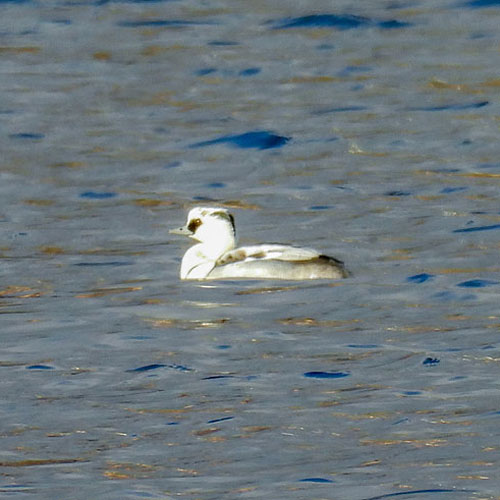 |
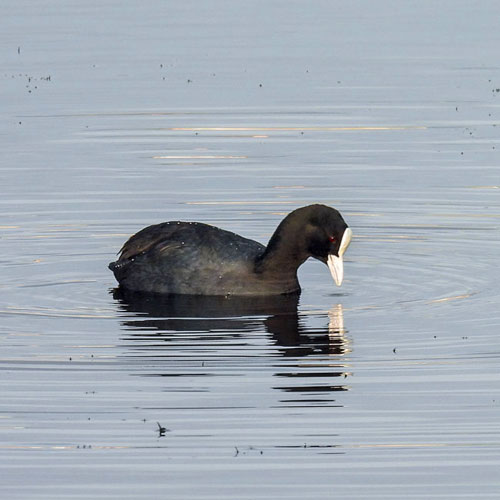 |
When I arrived at the northwest banks of the loch the Smew was diving for fish, only about 30 to 40m out, and I managed some satisfactory shots. On the remaining route back to the car I was lucky to find a line of fence posts on top of which, a kind walker had left bird seed. Luckily for me the seed attracted a House Sparrow, Coal Tits and Blue Tits
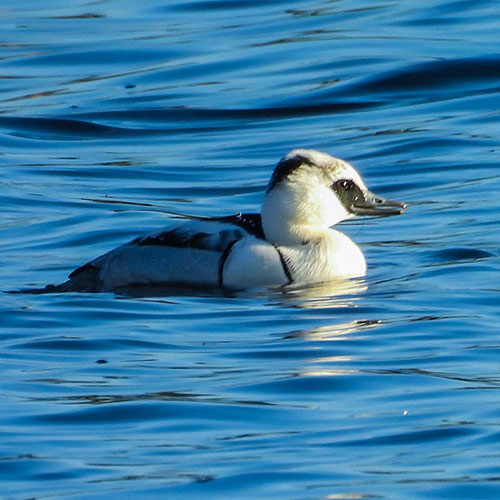 |
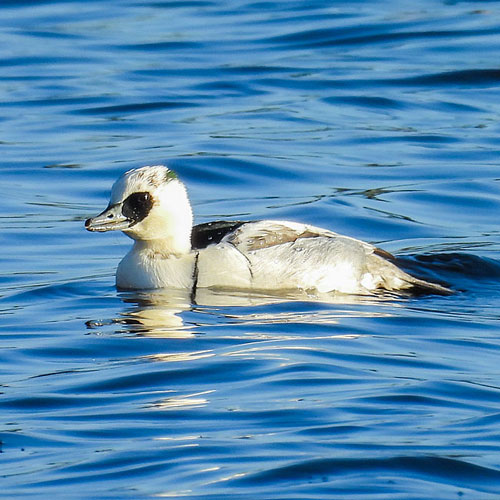 |
| Robin |
House Sparrow |
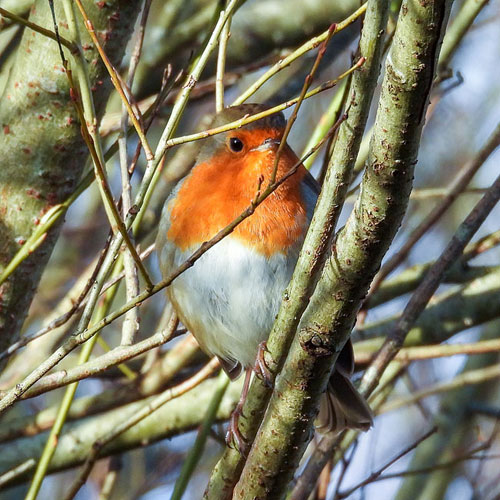 |
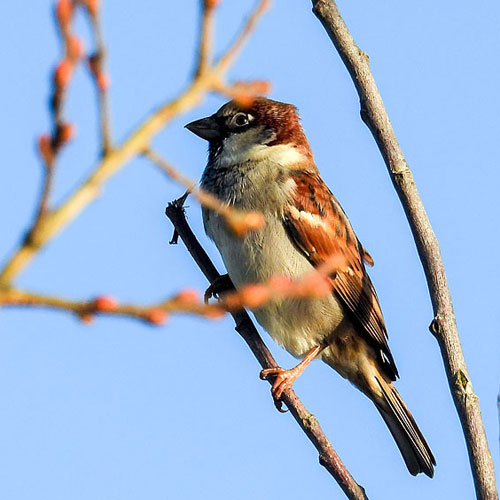 |
| Coal Tit |
Blue Tit |
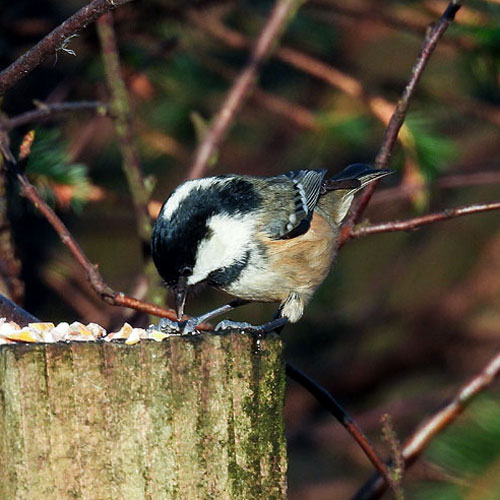 |
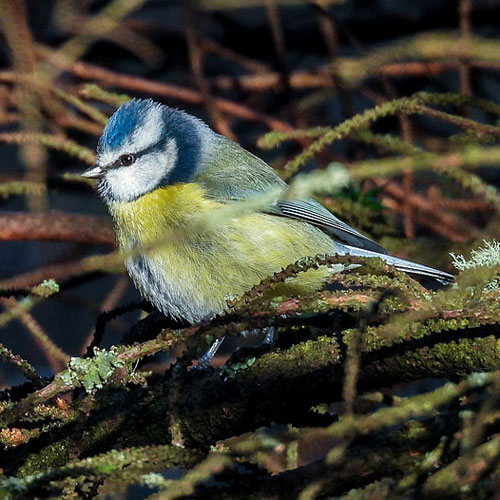 |
Below is the view from the road that leads to the car park. Spoiled by the power cables?
Tuesday PM, 2nd December: Hogganfield Park LNR
In the afternoon I relocated to Hogganfield Park in the east side of Glasgow. Social media had reported the return of Whooper Swans a tad later that usual, so it would be nice to see them. The view of the loch from the car was familiar - a right stramash as the birds battled for slices of bread.
The feisty Goosanders were not afraid to challenge the much bigger Mute Swans. All becomes calm until the next slice is thrown. Moorhens get caught up in the fervour but they really shouldn’t since bread has little if any nutritional value to them. Swans too get little from bread.
Seed is much better for them.
If you studied the “stramash” picture above, you should have noticed there was a Whooper Swan in the mix. Below is a much better image of the same bird.
I counted only four Whoopers. Usually there are more than that. Other locations in the area have reported Whooper Swans so perhaps the usual migrants have preferred there, maybe disturbed by the increased visitor and traffic due to the very successful “Golf It” project.
They are very bonny birds.
Below is the view of the island. The light was fading fast. It was even more amber - golden even.
I did though get some decent photos in the low light level on the west side of the loch but didn’t manage a circuit of the loch. The first of these was of a young Great Crested Grebe diving about 10 metres from the bank. I followed this with a shot of a drake Goosander that had
somehow escaped the feeding melee clutching a slice of bread in its serrated beak. A pair of Mallards and a Black-headed Gull were next to catch my eye as they followed each other around one of the artificial islands.
| Juvenile Great Crested Grebe |
Drake Goosander |
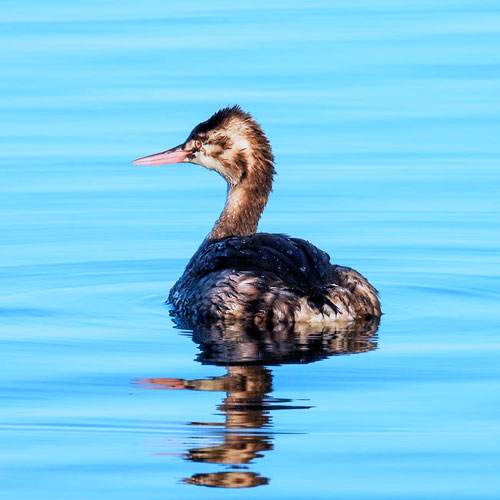 |
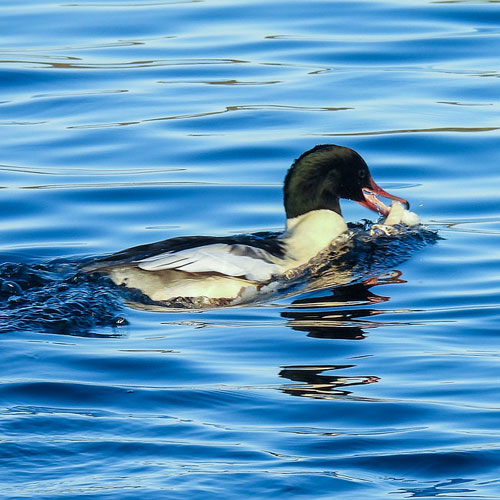 |
| Male and Female Mallard |
Black - headed Gull |
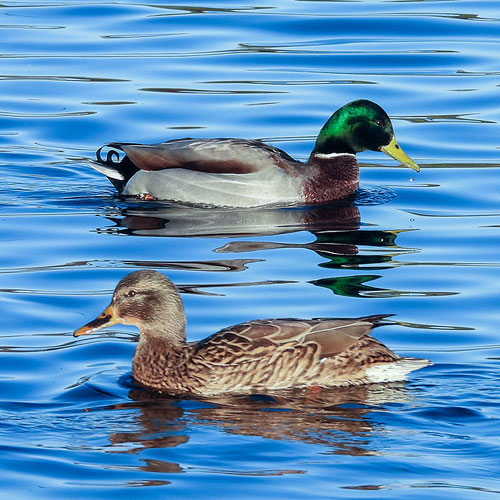 |
 |
A group of leisurely Tufted Ducks were preening in an otherwise unoccupied area of the loch. One of the drakes was particularly active as it followed one of the females - probably its mate. My final shots of the day, and in fact, of the week, were of yet another Long -tailed Tit that was foraging on a tall loch side willow tree.
With 21 bird species photographed over a few hours, I consider my day out to have been a success. My favourites were the targets of the day, the Smew and the Whooper Swans. However the unexpected stars of the day must be the Long-tailed Tits for their multiple appearances, and
the young female Lesser Scaup. The weather for next week is very gloomy and includes the possibility of a storm - so my challenge will be to get any pictures I can.
Back
To Top
|

